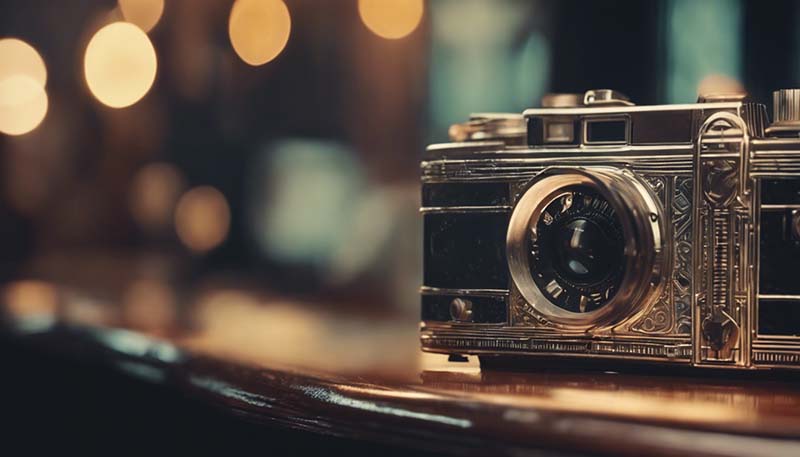Analyzing Art Deco: Style and Symbolism
Analyzing Art Deco: Style and Symbolism
The Art Deco movement emerged in the early 20th century as a response to the ornate and elaborate styles of the previous era. It was characterized by its modernist approach, geometric shapes, and bold colors. This article will explore the key elements of the Art Deco style, its symbolism, and its enduring influence on art, architecture, and design.
Origins and Development
The Art Deco style originated in France in the 1920s and quickly spread to the United States, Europe, and beyond. It was heavily influenced by the Cubist and Futurist movements, as well as by the discovery of ancient Egyptian and Mayan art. The style was showcased at the 1925 Exposition Internationale des Arts Décoratifs et Industriels Modernes in Paris, where it gained its name.
Key Elements of Art Deco Style
Geometric Shapes and Patterns
One of the defining features of Art Deco is its use of geometric shapes and patterns. These included rectangles, squares, circles, and zigzag lines, which were often arranged in symmetrical or asymmetrical compositions. The use of these shapes helped to create a sense of order and balance in Art Deco designs.
Bold Colors and Materials
Art Deco is known for its bold and vibrant color palette, which included bright hues such as red, yellow, and blue, as well as metallic shades like gold and silver. These colors were often combined with luxurious materials, such as glass, chrome, and lacquer, to create a sense of opulence and glamour.
Advertisement
Streamlined and Simplified Forms
In contrast to the ornate and intricate designs of the previous Art Nouveau movement, Art Deco embraced streamlined and simplified forms. This emphasis on simplicity and functionality was a reflection of the modernist ideals of the time, which valued efficiency and practicality over decorative excess.
Symbolism in Art Deco
The symbolism in Art Deco was often inspired by the cultural and historical influences of the time. Some of the most common themes and motifs included:
Sunbursts and Radial Patterns
Sunbursts and radial patterns were a popular motif in Art Deco, symbolizing the dawn of a new era and the optimism of the modern age. These motifs were often used in architectural details, such as friezes and cornices, as well as in decorative arts, such as textiles and ceramics.
Animal and Floral Motifs
Animal and floral motifs were also common in Art Deco, often stylized and simplified to fit the geometric aesthetic of the style. These motifs were sometimes used to convey a sense of exoticism and luxury, reflecting the fascination with far-off lands and cultures during the early 20th century.
Machine Age Influence
The influence of the Machine Age is evident in Art Deco's fascination with industrial materials and forms. This can be seen in the use of materials such as steel, aluminum, and glass, as well as in the incorporation of mechanical elements, such as gears and cogs, into designs.
Art Deco in Architecture and Design
Art Deco had a significant impact on architecture and design, with many iconic buildings and objects from the period reflecting the style's key principles and motifs. Some notable examples include:
The Chrysler Building
The Chrysler Building in New York City is a prime example of Art Deco architecture. Its sleek, geometric lines and decorative details, such as the sunburst patterns on the spire and the stylized eagle gargoyles, embody the style's emphasis on modernity and luxury.
Lincoln Highway
The Lincoln Highway, one of the first major roads in the United States, was also influenced by Art Deco, with its signage and roadside architecture reflecting the style's bold and streamlined forms.

RMS Queen Mary
The RMS Queen Mary ocean liner, which debuted in 1936, is another example of Art Deco design, with its luxurious interiors featuring geometric patterns, bold colors, and lavish materials.
Legacy and Influence
The Art Deco movement may have been short-lived, but its influence on art, architecture, and design has been lasting. Many of the principles and motifs of Art Deco continue to inspire contemporary designers, who often incorporate elements of the style into their work. The enduring appeal of Art Deco lies in its combination of modernity, luxury, and elegance, which continues to resonate with audiences today.
Sources:
Comments